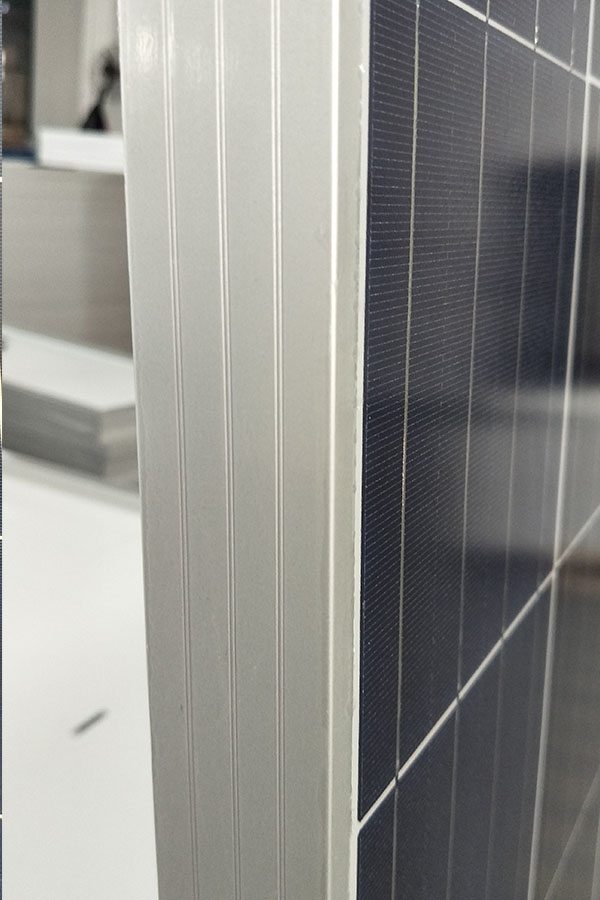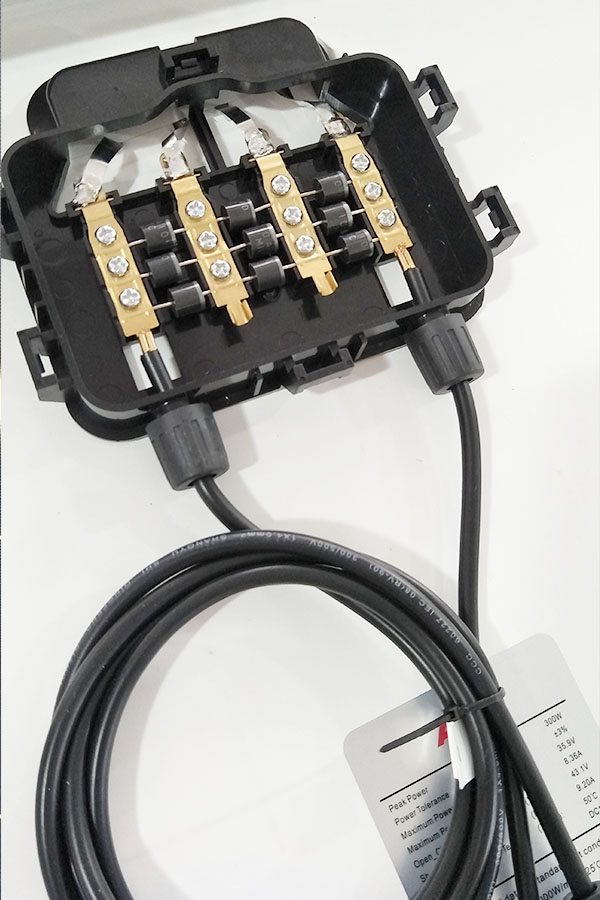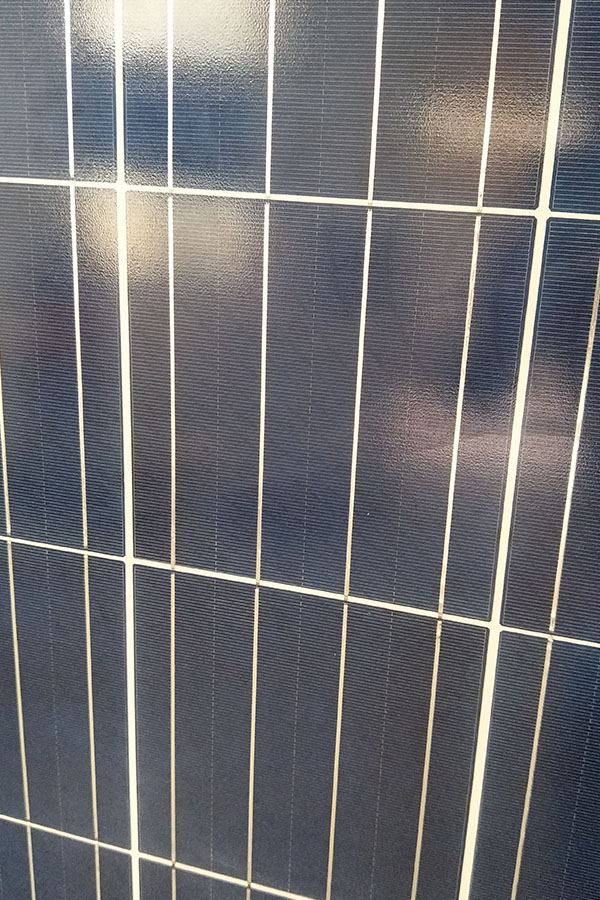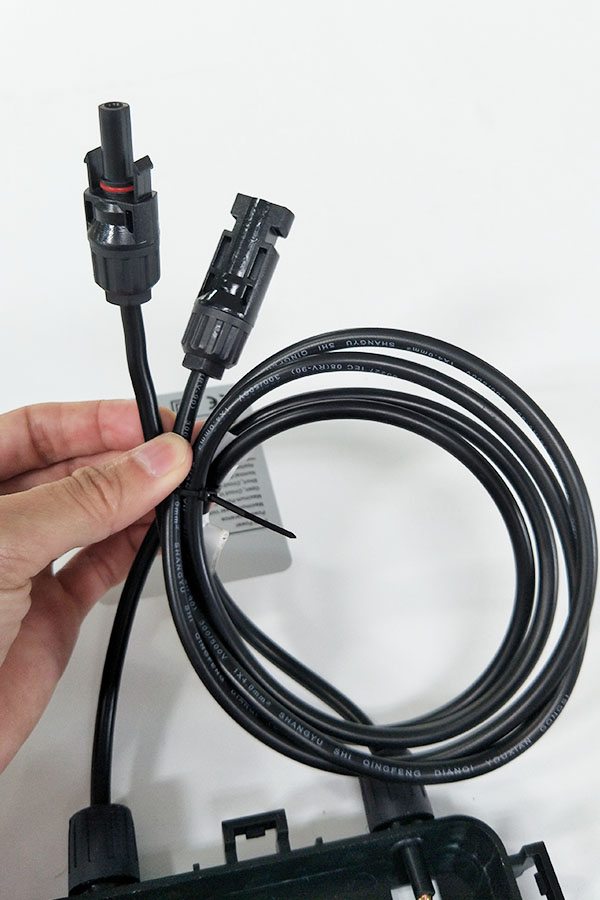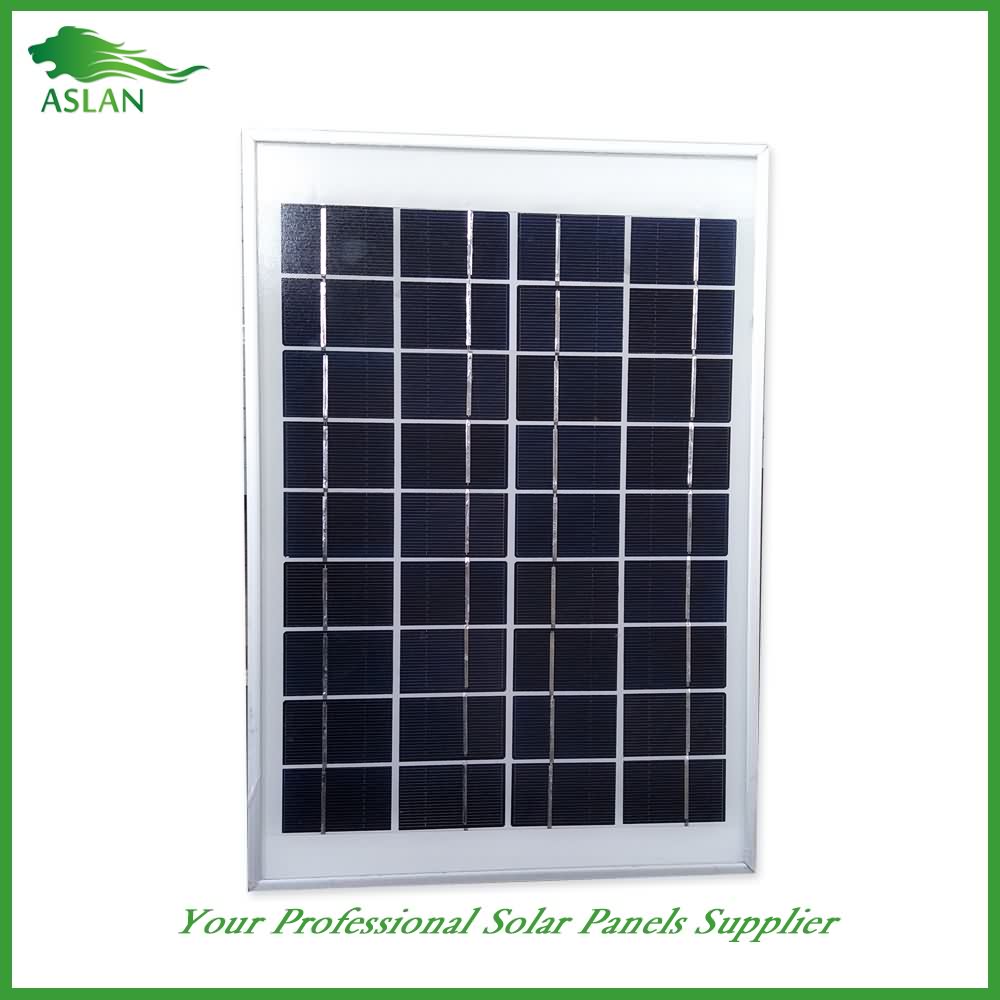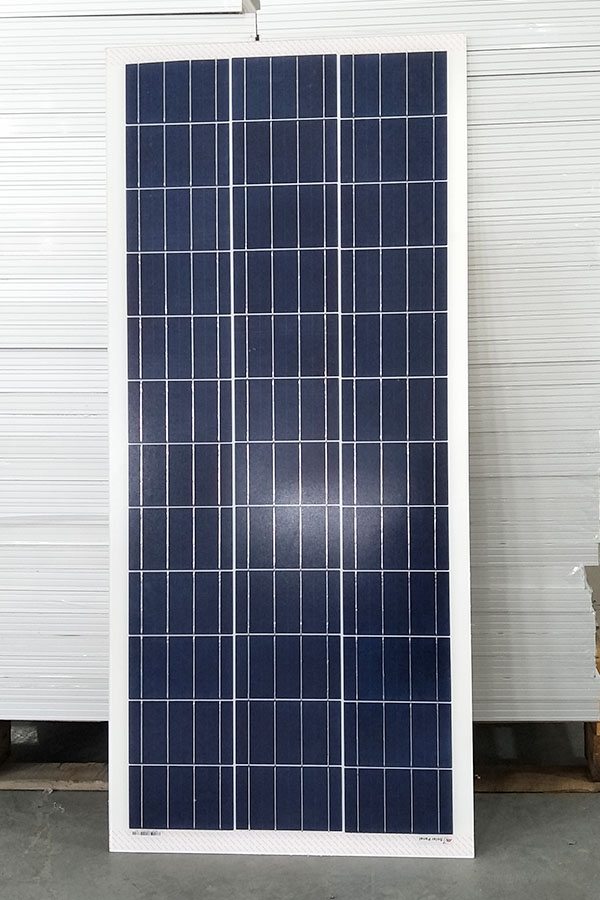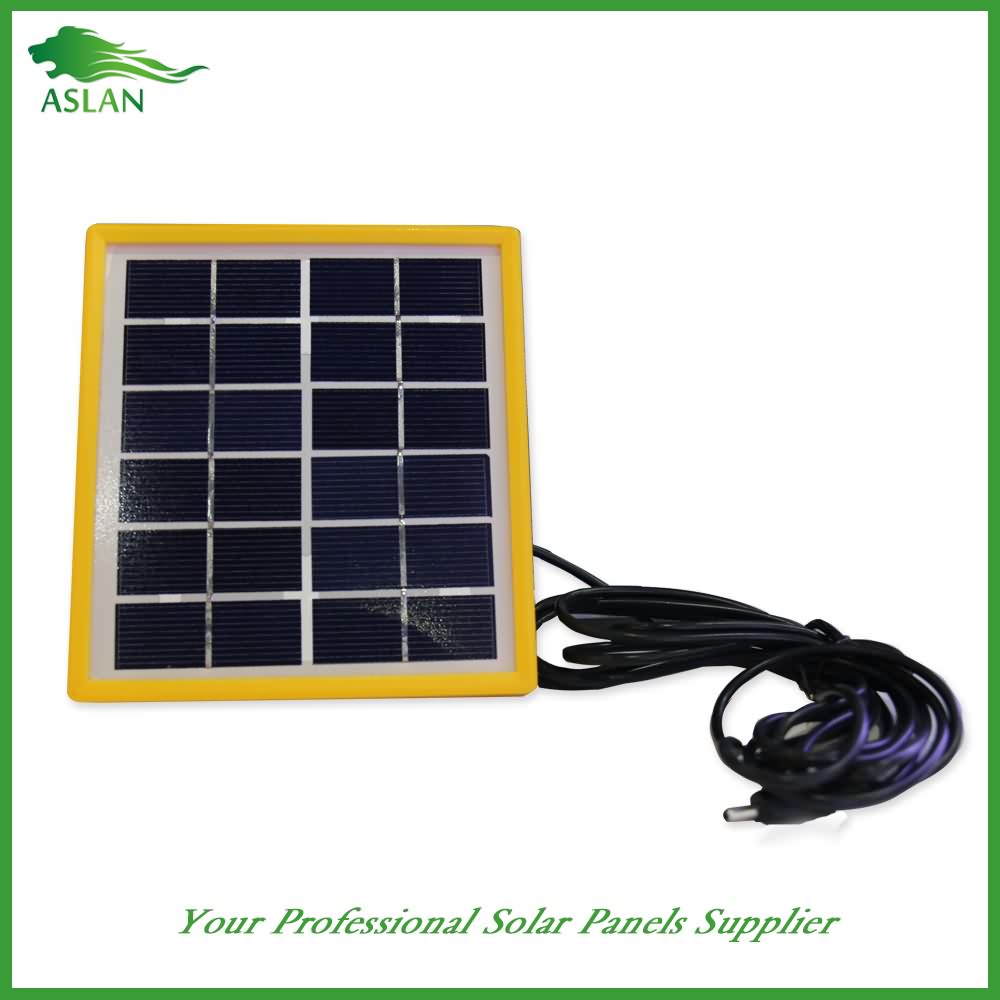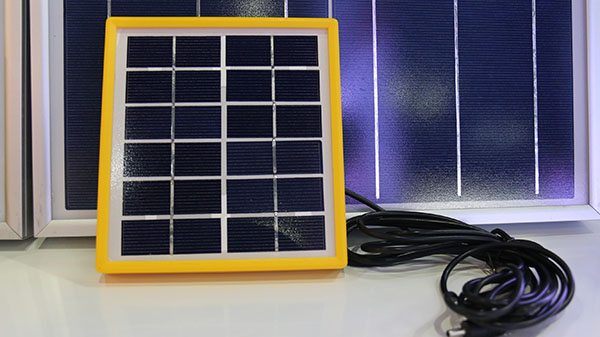Professional China Poly-crystalline Solar Panel 150W Durban Manufacturer
Short Description:
Bear "Customer first, Quality first" in mind, we work closely with our customers and provide them with efficient and professional services for Professional China Poly-crystalline Solar Panel 150W Durban Manufacturer, We are always looking forward to forming successful business relationships with new clients around the world.
Poly-crystalline Solar Panel 150W
Technical parameter
Maximum Power(W) 150W
Optimum Power Voltage(Vmp) 17.92V
Optimum Operating Current(Imp) 7.83A
Open Circuit Voltage(Voc) 21.86V
Short Circuit Current(Isc) 8.59A
Mechanical Characteristics
Cell Type Poly-crystalline 156x156mm (6 inch)
No of Cell 36 (4x9pcs)
Dimensions 1482x678x35mm
Weight 11.9KGS
Front Glass 3.2mm,High Transmission, Low Iron,Tempered Glass
Junction box IP65 Rated
Output Cable TUV 1×4.0mm2/UL12AWG,Length:900mm
Temperature and Coefficients
Operating Temperature(°C): -40°C ~ + 85°C
Maximum System Voltage: 600V(UL)/1000V(IEC) DC
Maximum Rated Current Series: 15A
Temperature Coefficients of Pmax: -0.435%
Temperature Coefficients of Voc: -0.35%
Temperature Coefficients of Isc: 0.043%
Nominal Operationg Cell Temperature (NOCT): 47+/-2°C
Materials of solar panel
1).Solar Cell——Poly-crystalline solar cell 156*156mm
2).Front Glass——-3.2mm, high transmission, low iron, tempered glass
3).EVA——-excellent anti-aging EVA
4).TPT——-TPT hot seal made of flame resistance
5).Frame——anodized aluminum profile
6).Junction Box——-IP65 rated, high quality, with diode protection
Superiority: high quality anodized aluminum frame, high efficiency long life, easy installation, strong wind resistance, strong hail resistance.
Features
1. High cell efficiency with quality silicon materials for long term output stability
2. Strictly quality control ensure the stability and reliability, totally 23 QC procedures
3. High transmittance low iron tempered glass with enhanced stiffness and impact resistance
4. Both Poly-crystalline and Mono-crystalline
5. Excellent performance in harsh weather
6. Outstanding electrical performance under high temperature and low irradiance
Quality assurance testing
Thermal cycling test
Thermal shock test
Thermal/Freezing and high humidity cycling test
Electrical isolation test
Hail impact test
Mechanical, wind and twist loading test
Salt mist test
Light and water-exposure test
Moist carbon dioxide/sulphur dioxide
This 1900 sq ft house is powered by a 6kw off grid system. The house was designed to be super energy efficient. There is a solar thermal system, natural lighting, passive solar as well as an earth berm that helps keep the house warm in the winter and cool in the summer. By building their house with energy efficiency in mind they were able to power the entire home with a modestly sized solar with battery back up system. Pretty neat!
At our Renewable Energy Integration Facility (REIF) in Newcastle, we are researching how we can integrate renewable energy sources, like wind and solar, into the grid. The state-of-the-art facility uses scaled-down versions of the grid to determine the impacts of different energy sources under real-world conditions. It includes solar and power-grid simulators to represent different grid conditions. The facility also allows us to investigate how different storage options, like batteries, influence our energy use. We can determine how to generate a stable electricity supply using the solar we generate on site, without the costs and disruptions of testing when connected to the grid.
Take a tour of the REIF and learn more about research into renewable energy and the grid in this short video.
Visit www.csiro.au/REIF for more information on CSIRO’s state-of-the-art facilities in energy efficiency.
For more technical detail, visit the interactive self-navigation tour: www.csiro.au/energy/360tours/REIF
Transcript: www.csiro.au/EF/Videos/Vimeo/Matching-renewable-energy-sources-with-the-grid/video-transcript

